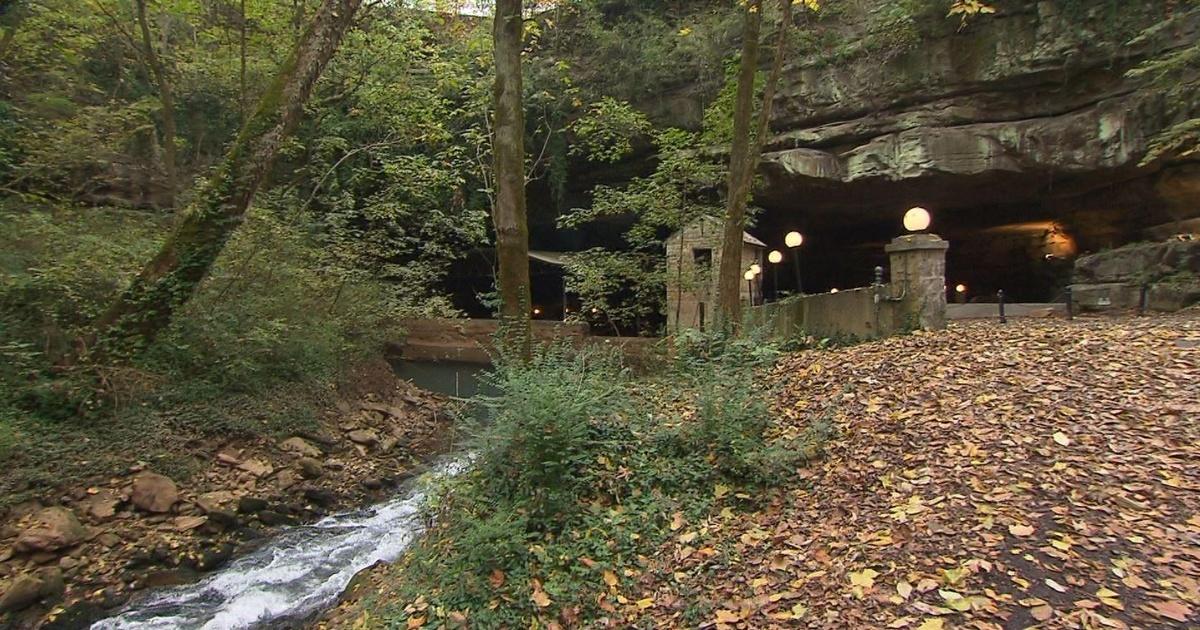- Select a language for the TTS:
- UK English Female
- UK English Male
- US English Female
- US English Male
- Australian Female
- Australian Male
- Language selected: (auto detect) - EN
Play all audios:
ABSTRACT A clinical trial comparing the efficacy of a glass polyalkenoate cement (GPC) restoration with an amalgam cement restoration (ACR) in the management of caries in the deciduous molar
dentition was undertaken. Two hundred and thirty-eight restorations, that is 119 pairs, were placed in 76 patients with an age range of 5 to 11 years. The durability of these restorations
was assessed during a 5-year follow-up period, using modified United States Public Health Service criteria. The glass polyalkenoate cement restorations occupied 16% of the occlusal surface
of the tooth compared to 28% for the amalgam restorations, had a lower median survival time (33.4 [SE 2.26] months compared to 41.4 [SE 2.24] months) and underwent greater loss of anatomical
form and marginal integrity than the paired amalgam controls You have full access to this article via your institution. Download PDF ARTICLE PDF Authors * R R Welbury View author
publications You can also search for this author inPubMed Google Scholar * A W Walls View author publications You can also search for this author inPubMed Google Scholar * J J Murray View
author publications You can also search for this author inPubMed Google Scholar * J F McCabe View author publications You can also search for this author inPubMed Google Scholar RIGHTS AND
PERMISSIONS Reprints and permissions ABOUT THIS ARTICLE CITE THIS ARTICLE Welbury, R., Walls, A., Murray, J. _et al._ The 5-year results of a clinical trial comparing a glass polyalkenoate
(ionomer) cement restoration with an amalgam restoration. _Br Dent J_ 170, 177–181 (1991). https://doi.org/10.1038/sj.bdj.4807465 Download citation * Published: 09 March 1991 * Issue Date:
09 March 1991 * DOI: https://doi.org/10.1038/sj.bdj.4807465 SHARE THIS ARTICLE Anyone you share the following link with will be able to read this content: Get shareable link Sorry, a
shareable link is not currently available for this article. Copy to clipboard Provided by the Springer Nature SharedIt content-sharing initiative








